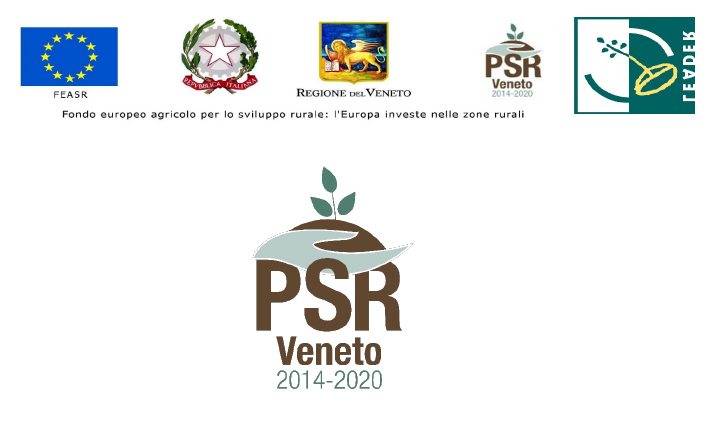
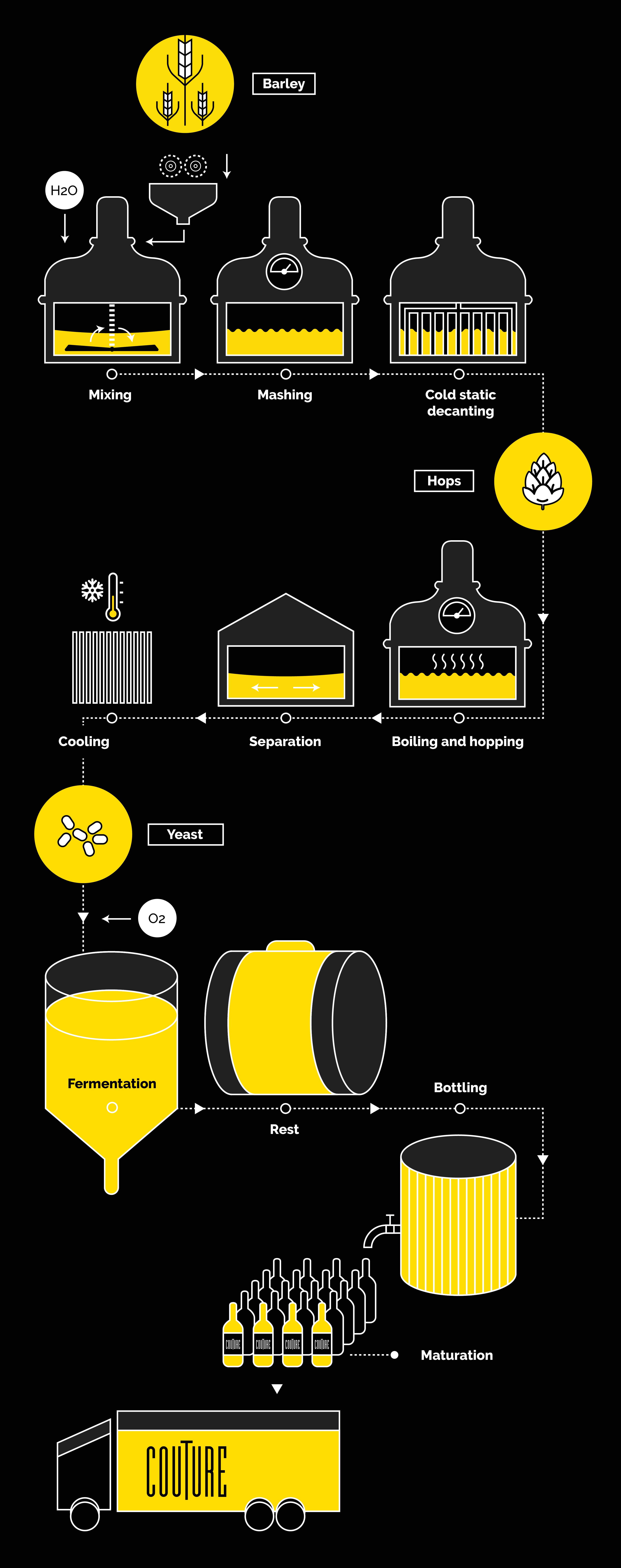
Our beers sprouted from an idea: to obtain a one-of-a-kind flavour by combining the agricultural tradition of our territory with innovative production techniques.
Our state-of-the-art production facility has a capacity of around 4,000 litres per day, where we dedicate our many years of experience to the constant search for high-quality products.
Malting
After selection and cleaning, barley or other cereals are put into the maceration tanks where they receive the necessary water and oxygen to germinate. The process is halted by drying or roasting when the sprout has reached about two-thirds of the length of the grain.
Mixing
Mixing is the first phase in which the malted or unmalted cereal is mixed with water. The quantities and qualities of cereals, the quantities of water and the addition of mineral salts differ, depending on the recipe and the style, in order to give the final beer its desired identity. We must not forget that water is one of the fundamental elements to obtain a precise style of beer.
Mashing
The malted barley is then ground until it resembles flour, which is then mixed with hot water that varies from 44-78 degrees. At this stage, the malt turns into wort. This occurs precisely when the starch is still present in the malt turns into sugar, maltose. The mass is continually stirred and brought, with the necessary pauses, to the optimum temperatures for the enzymes to break down the starch and proteins so they can dissolve into the wort. Based on our recipe, we determine the type of beer from the colour, scents, aromas, body, roundness and, finally, the persistence of the foam.
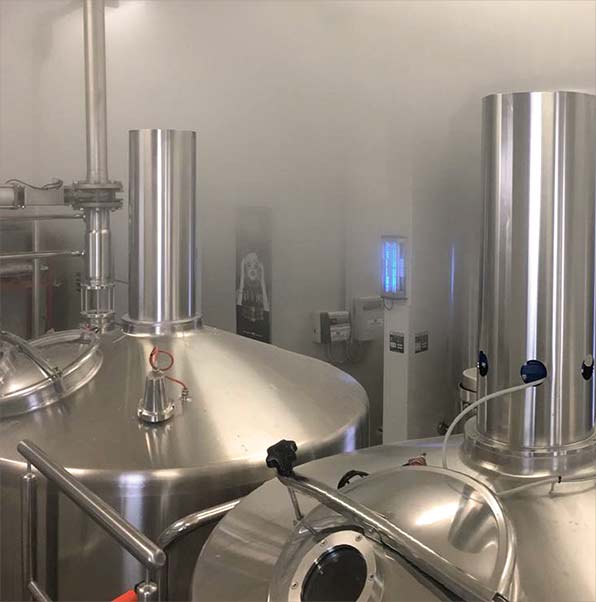
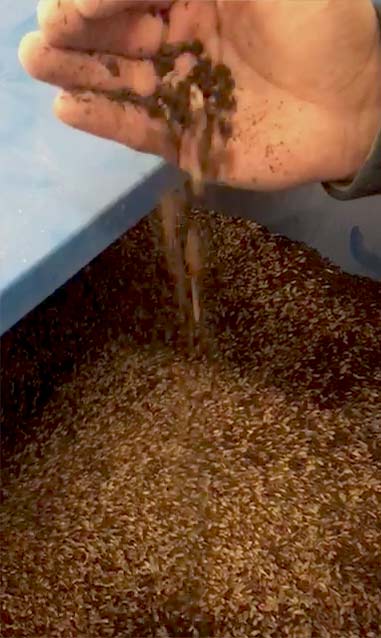
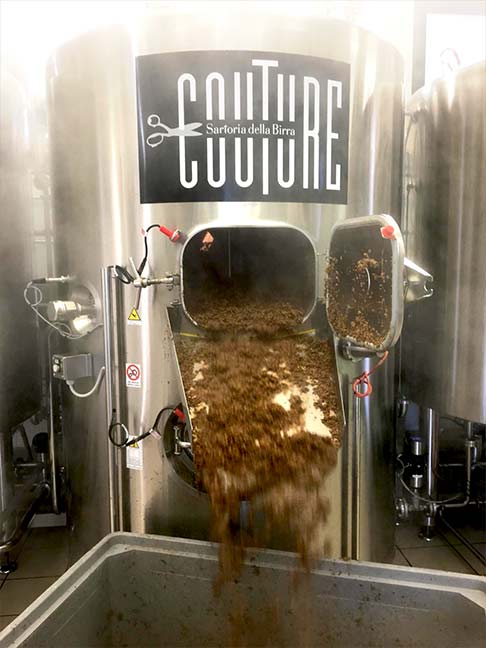
Cold static decanting
The liquid part is then separated from the solid part by filtration inside a special vat. The wort is recirculated several times until it is deemed to have reached the correct level of clarity, after which the actual wort extraction process begins. This process lasts approximately a couple of hours and is very important because it is necessary to determine the quantity of the wort in proportion to the concentration of sugars added in the first phase of the recipe and which, in the end, will also determine the alcohol content. When all the wort has been transferred, the draff is left to settle on the false perforated bottom and then it is extracted. In turn, draff can be reused as a foodstuff or as plant fertiliser.
Boiling
The next step is to cook the wort inside a special steel boiler. The boiling time is fundamental for the choice of the type of beer and for its quality, but above all for the concentration of sugars which will then determine the final alcohol content of the beer. Most of the biochemical reactions take place during this process, which lasts between one and two hours. The important process of wort sterilisation also takes place during boiling. Furthermore, various types of spices and the vast selection of hops sourced from throughout the world are added during this operation. These additions significantly characterise the final product, affecting both the degree of bitterness and the aroma and scents.
Whirlpool
Following a reaction between the polyphenols in malt, hops and malt proteins, insoluble materials are formed during boiling, which makes up the "hot trub". This tends to decline at the end of the boiling process and the removal of these "impurities" is considered fundamental for the quality and stability of the future beer. This action is carried out through the use of the whirlpool, in which the wort tangentially reaches a precisely calculated speed to avoid oxidation, generating a centrifugal force. This causes the sediment to collect on the bottom, in the centre of the container, creating a veritable "Cake" composed of all the solid parts. The waiting time of approximately 20 minutes enables the separation and settling on the bottom, making the liquid on the surface much more fluid and transparent at a temperature of almost 100 degrees.
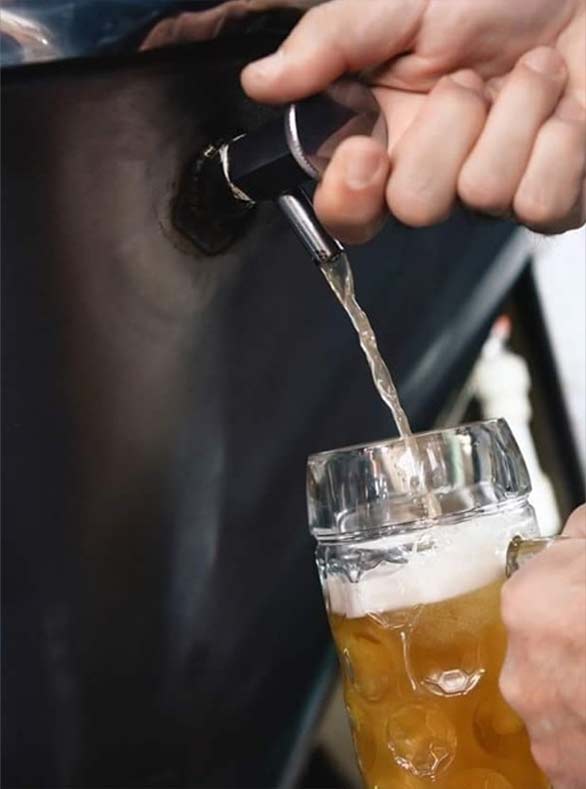
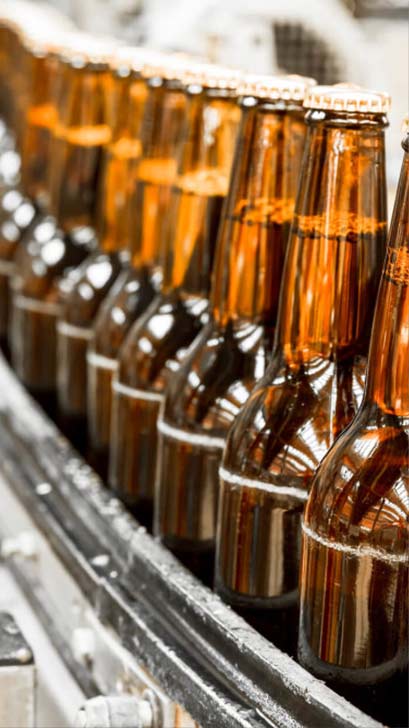
Cooling
Subsequently, the wort is cooled by means of a high-precision plate heat exchanger until it reaches the temperatures at which fermentation can take place: from 8 to 12 degrees for low fermented beers and from 18 to 22 degrees for high fermentation. The oxygenation of the wort is also important, as it is a deciding factor for the reaction with the yeast.
Fermentation
Fermentation is divided into two phases; the first is called primary fermentation, where yeast is the main protagonist. It serves to transform the sugars and amino acids present in the wort into alcohol, carbon dioxide and aromatic substances. The process that uses Saccharomyces cerevisiae (high-fermentation ALE) is faster (generally three or four days) than the low-fermentation process called Saccharomyces pastorianus (8-10 days low-fermentation LAGER) as it takes place at higher temperatures, and fermentation processes are favoured by heat. Secondary fermentation, also called maturation, consists in leaving the beer in large tanks for 5 to 10 weeks, depending on the style, at a temperature between 0 and 2 degrees. This operation allows the beer to be saturated with carbon dioxide and enables the yeast residues to settle, as well as to harmonise the various ingredients and achieve a correct maturation.
Bottling
At the end of the process, the beer is bottled or transferred to kegs. We carry out isobaric filling, as our product travels from the tanks to the latest generation bottling machine without contact with external factors, avoiding the associated product quality and storage problem risks. The process that ranges from milling the malt to the fermenter lasts about 8/9 hours. The time required to serve a high-quality beer ranges from 40 to 70 days, depending on the style.
